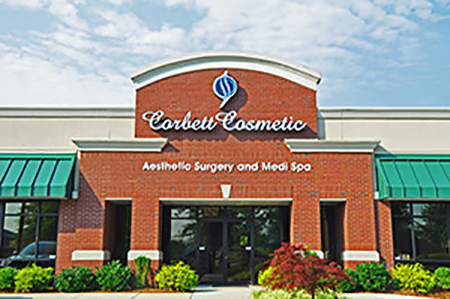If you are considering a Louisville Rhinoplasty, aka a ‘nose job’, my recommendation is for you to take a long look at your nose in the mirror. Make a detailed assessment of exactly what it is you are unhappy with.
A lot of times patients come in and when I see they are in for their nose I will ask them how I can help. Answers vary but usually are along the lines of “Just make my nose look good”. This is a red flag answer. What is good? Is my idea of good the same as yours? Do you like the same kind of nose I do?
So, my first move is to put a mirror in your hand. Then we can go about the business of picking your nose apart, pardon the pun, and making a detailed list of what it is you are unhappy with. With this information, I can develop an operative strategy to address your individual needs. But again, this is all dependent upon you having done a thorough and honest evaluation of what you see as your problems and your subsequent wish list of changes.
Rhinoplasties are great procedures, but they are very delicate, finesse operations that require an exact evaluation of your nose and its’ ‘problems’. So get in front of that magnifying mirror and get to work. I’ll see you in the office.
Lee Corbett, MD
www.CorbettCosmeticSurgery.com
This blog is presented by Louisville Rhinoplasty surgeon, Dr. Lee Corbett.



